Activation
MWCC’s mission is to be continuously ready to respond to a deepwater well control incident. There is a daily focus on this mission that starts with a dedicated staff of approximately 50 individuals working every day on response preparation and planning. This dedication extends to hundreds of qualified responders through our strategic contracts with Kiewit Offshore Services (KOS) and Technip FMC PLC who are essential to the deployment of MWCC’s Containment System. Further, MWCC partners with Danos to provide 100 hand-picked reservist responders to operate our topsides processing equipment and AET to operate our vessels. This comprehensive support team functions in the same manner as the National Guard, training alongside MWCC’s core Response Team and standing ready to rapidly support a response.
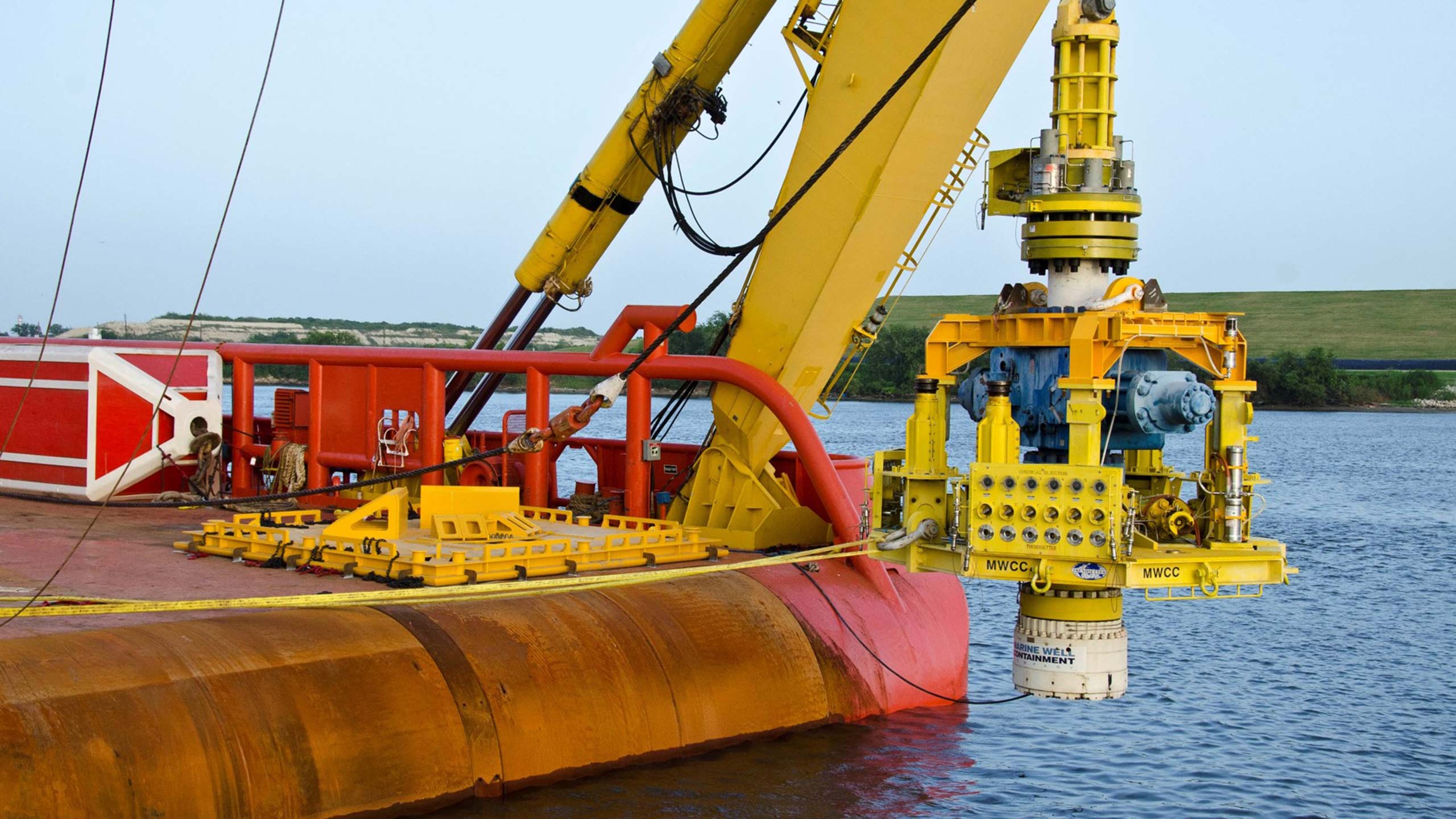
Initiating a Response
A response is initiated through a call system alerting corporate leadership of a well control incident. Immediately following this call, members of MWCC follow a tested activation protocol. MWCC responders are notified and the majority of the team assembles for an initial briefing of incident details. To provide guidance on key source control topics, a sub-set of subject matter experts from MWCC’s Advisor Unit are deployed immediately upon activation to the Operator’s Incident Command location.
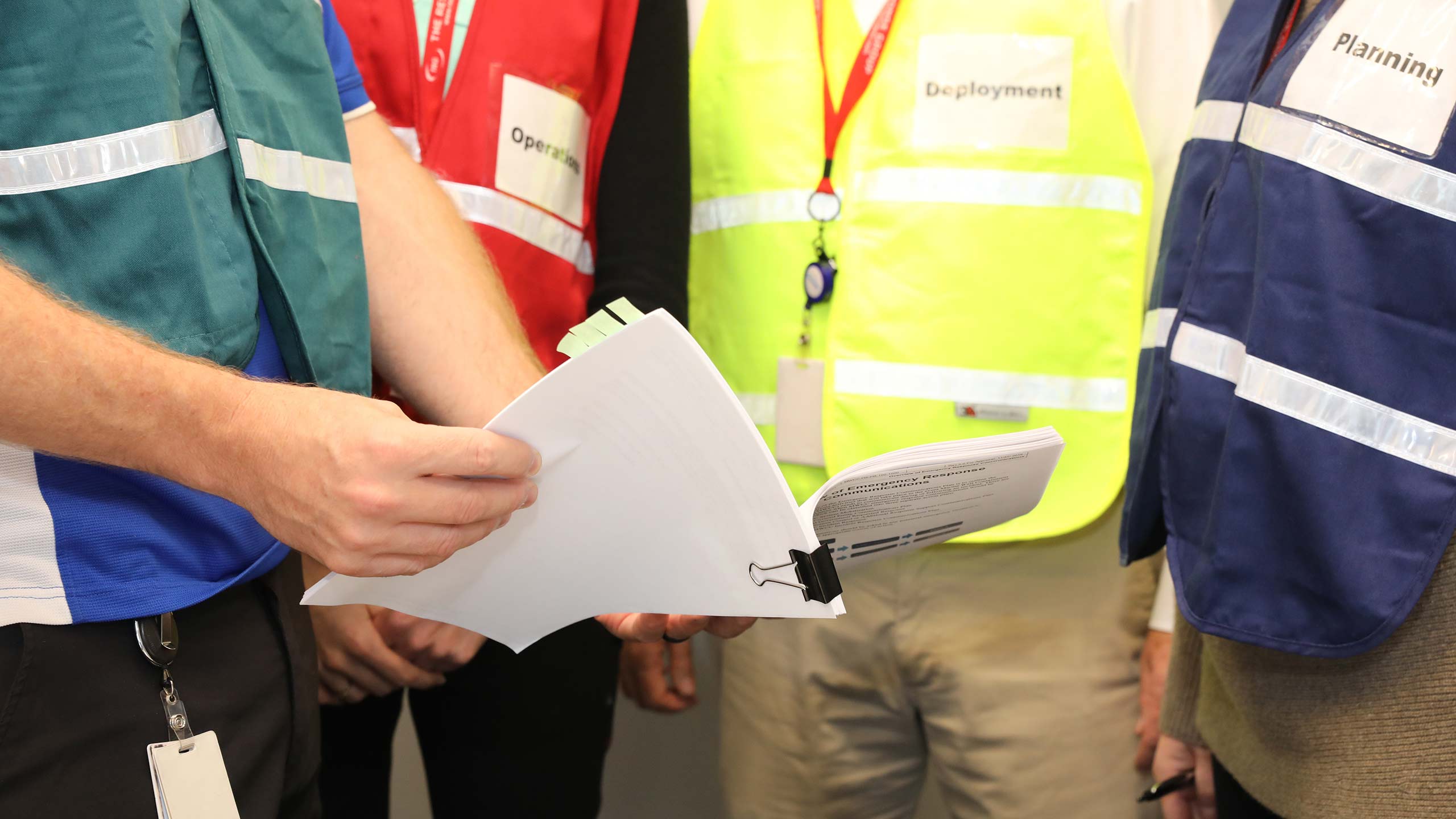
MWCC’s Advisor Unit
The Advisor Unit integrates directly into the Operator’s response structure using the Incident Command System (ICS). ICS is a standardized disaster response framework developed and utilized by the U.S. government. Operators and regulators rely on ICS to ensure a variety of government and private sector organizations can quickly and seamlessly integrate into a team with a clear understanding of roles, accountabilities and responsibilities.
Well Operators manage the response workflow and direct the work of MWCC through the Advisor Unit. MWCC marshals the support of its four key contracting partners to test, mobilize and deploy the Containment System. These contract partners also provide expert staffing to expand MWCC’s Response Team. The sole focus of the MWCC team is to stop the release of well fluids at the seafloor while other response organizations are called upon to clear debris around the well, remove and clean oil from the incident site and begin to drill a relief well to permanently plug the well.
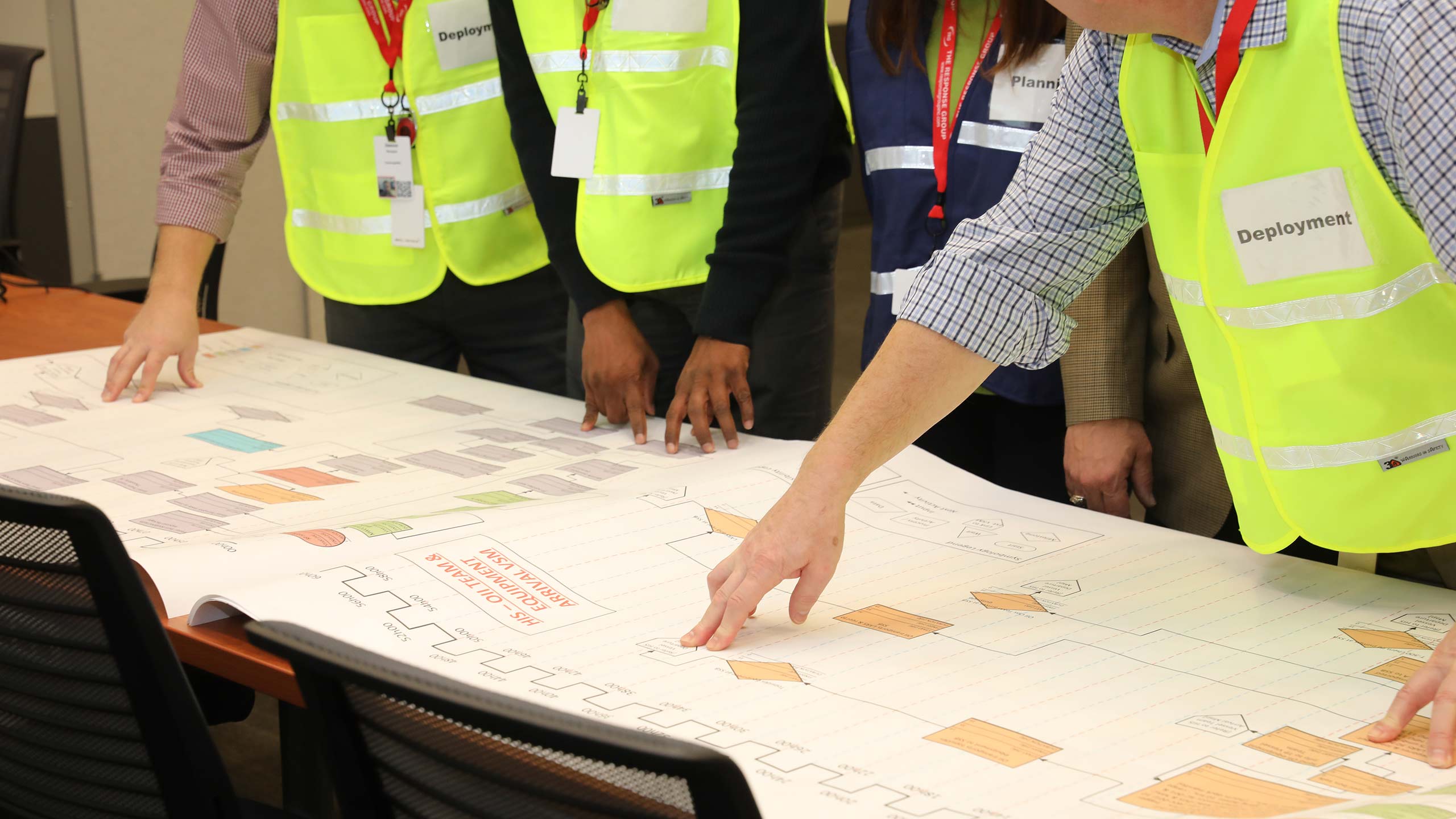
Response Team Standup at HQ
Containing a compromised subsea well is no easy feat. In fact, it takes an experienced crew larger than NASA’s mission control to manage all the factors that go into successfully capping a well. MWCC’s Response Operations Center at its Houston headquarters operates as mission control for all deployment activities. Headquarters also serves as a management center for the business side of our response from documentation control to monitoring parallel activities. MWCC’s team has broad talents to assure that the source control response is managed from end to end.
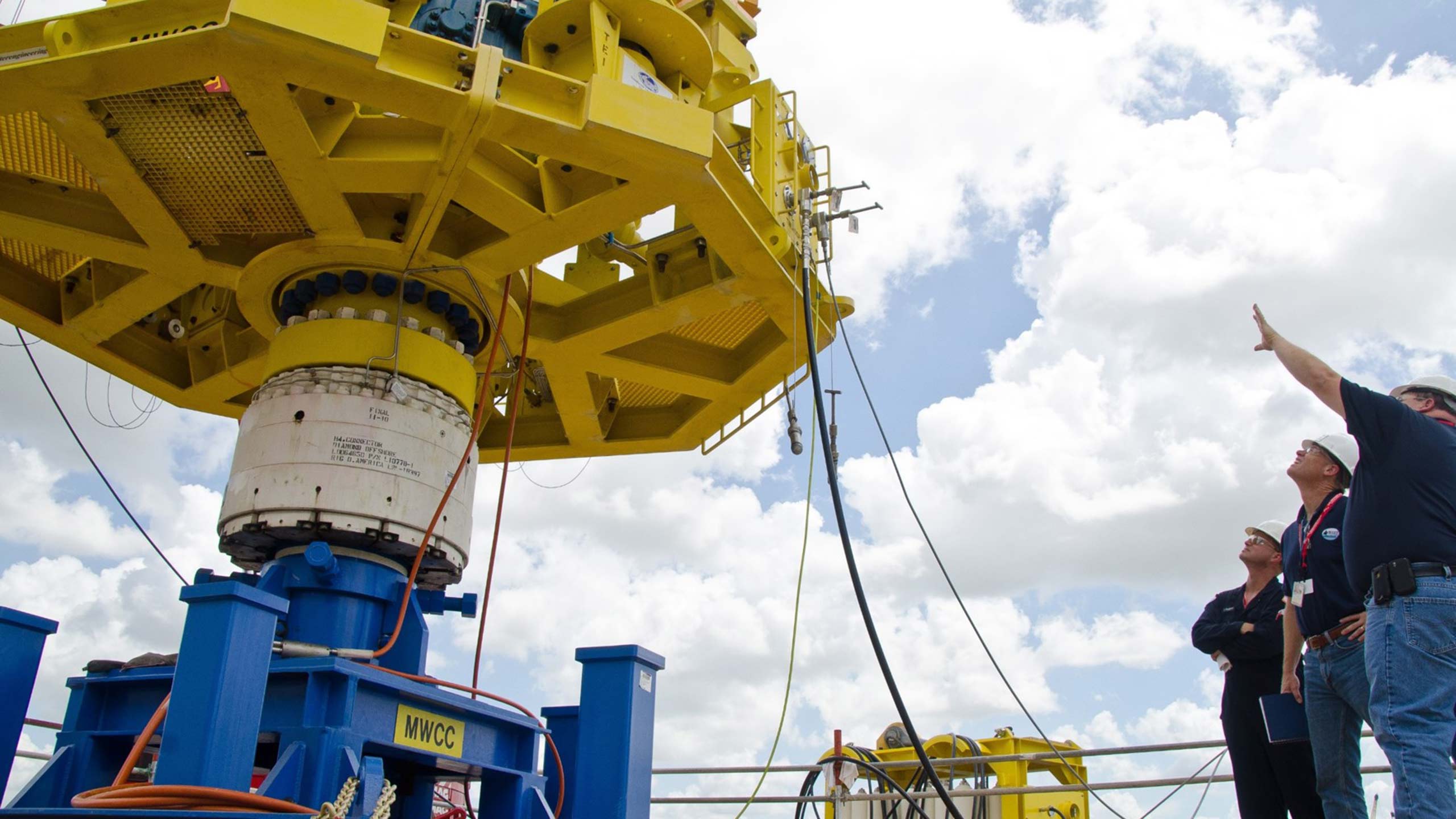
Final Equipment Verification
Upon activation, MWCC site staff begin verification testing the Containment System to re-confirm everything is in working order. Tested equipment is then mobilized onto vessels from the shore base facilities to the incident site for subsea deployment. MWCC then works with the Operator to effectively deploy and operate the deployed Containment System.
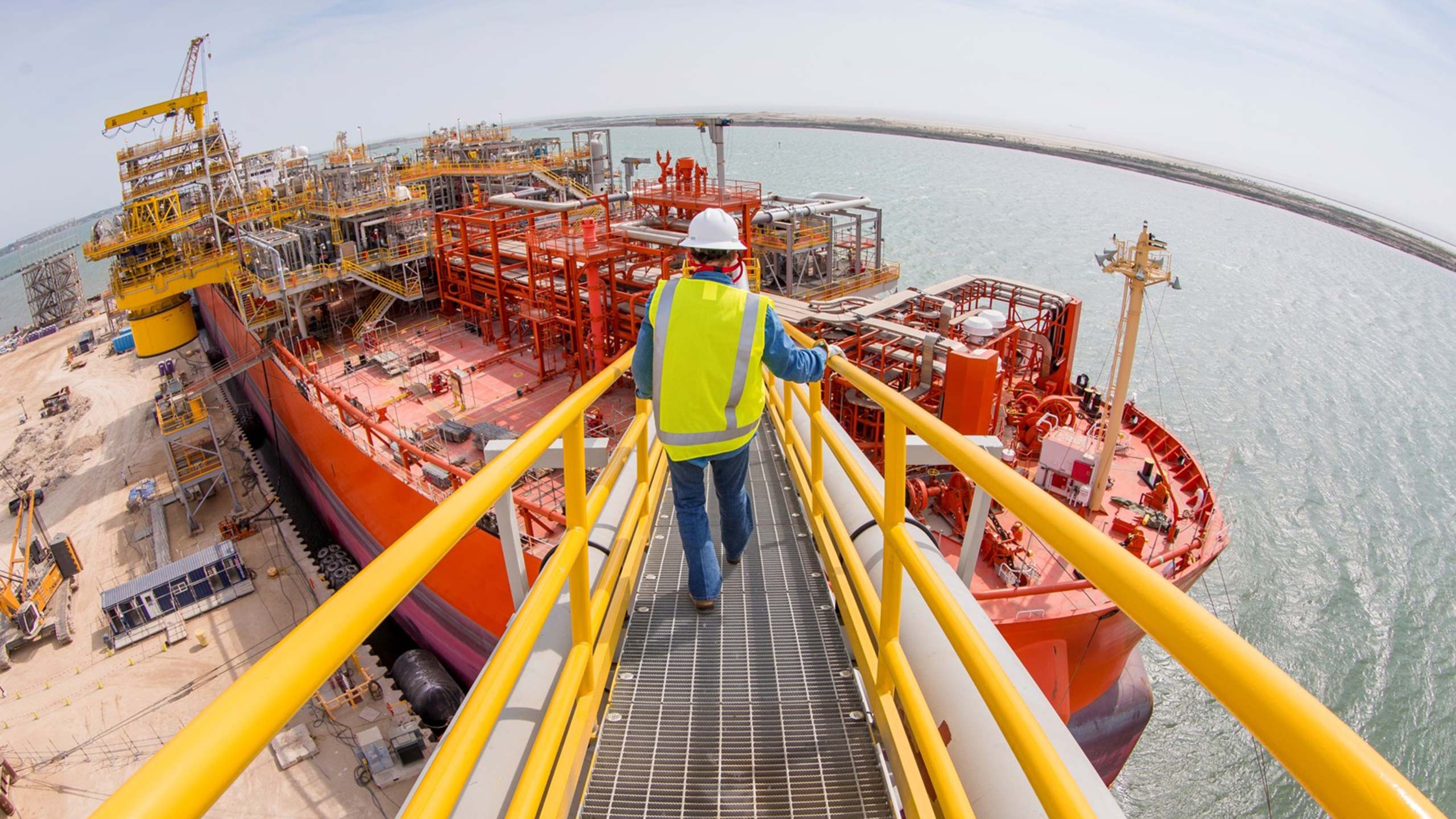
Deployment Sequence & Timelines
Containing a compromised deepwater well in a region as large as the U.S. Gulf of America is a complicated task. MWCC’s activities are directed by the Well Operator, or Responsible Party, and the Incident Command. Many parallel activities are required to assure safety at the incident site and access to the well – MWCC’s activities must be coordinated to work effectively within the broader response. Assuming no impact from factors such as weather, location, well-type and damage specifics, MWCC should be able to cap a well to shut-off the flow of fluids within a week. In more complicated scenarios like when a well cannot be immediately capped off due to extensive damage that creates concerns over its ability to hold pressure, MWCC’s interim collection and extended flowback systems can be used to collect well fluids while a relief well is being drilled to stop the flow. Again, assuming no issues, the extended flowback system should be onsite within a month. While each scenario is unique, in a best-case situation, MWCC can contain a deepwater well incident roughly ten times faster than the 2010 response to Deepwater Horizon.
Demonstrations
In responding to a compromised well, there is no room for error. The activation of MWCC is taken very seriously…
Maintenance
Response readiness is the core of MWCC’s promise to our members and the U.S. Government to effectively…
System Care & Deployment
MWCC has the most comprehensive portfolio of source control equipment that covers a broad range of well…